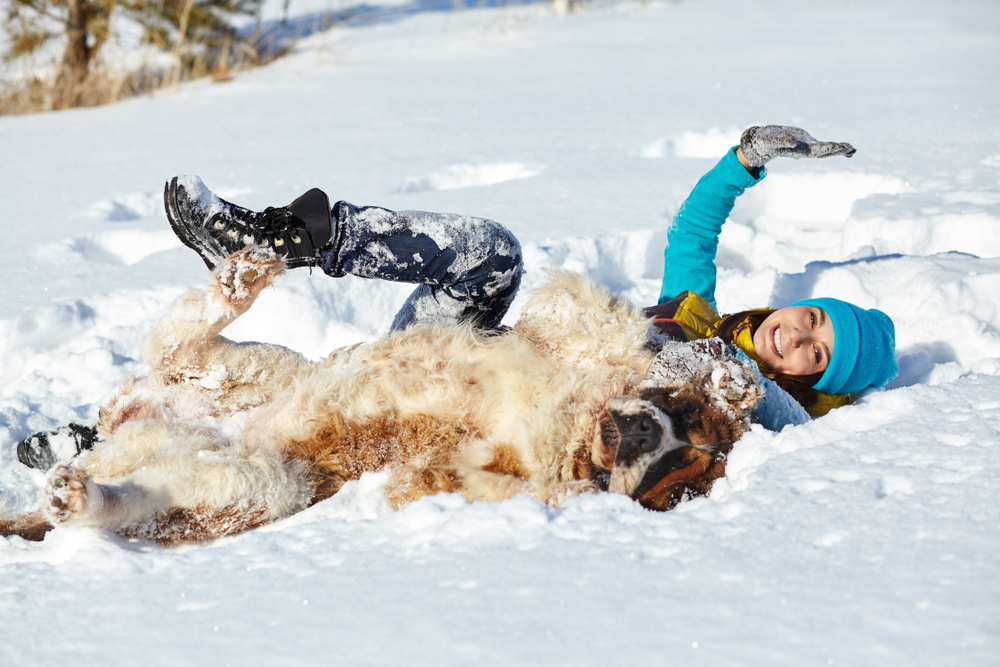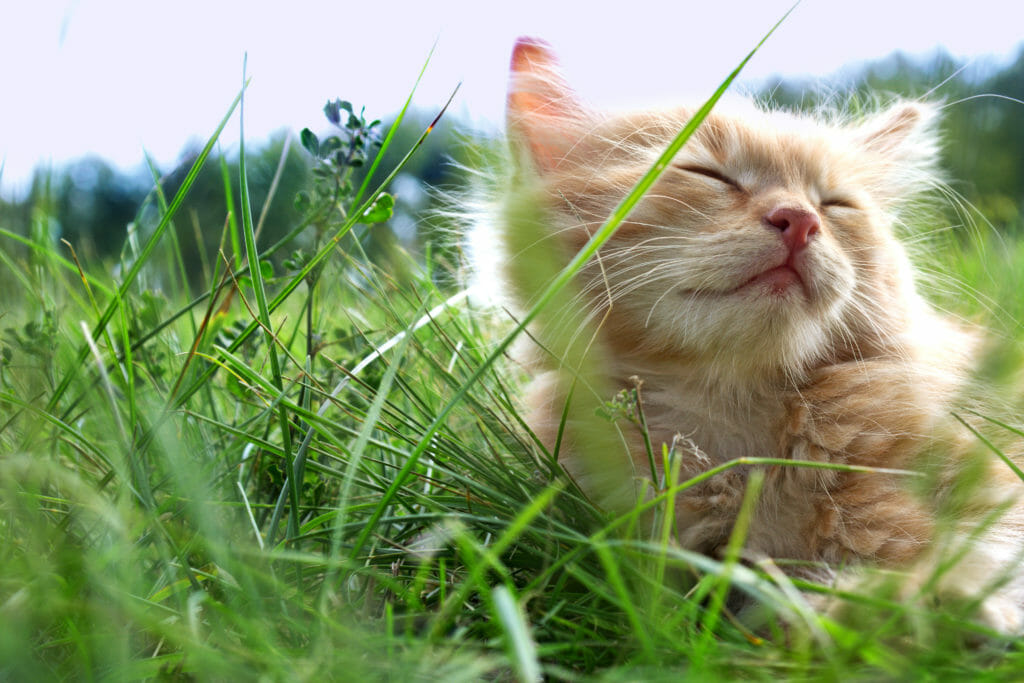Even though your pet has a fur coat, it doesn’t mean they are less prone to the effects of the cold. If your pets’ body temperature drops below the normal range (37 – 39 degrees Celsius), they may suffer from hypothermia. If the pet is not treated as soon as possible, the results may lead to coma, heart failure or death. Frostbite may occur as the blood flow in the body is restricted trying to preserve the vital organs. Initial signs for hypothermia would be paleness and intense shivering, especially if your pet is older or sick. If your pet does experience hypothermia you should move them to a warm place, bundle them in warm blankets (right out of the dryer), you can use a hot water bottle under the blankets, then seek medical attention. You must always try to warm them up slowly; anything too hot could potentially put your pet into shock.
One of the most delicious but deadly winter hazards is Antifreeze. It’s a sweet and bright substance which contains ethylene glycol, which is fatal to animals if not treated immediately after eating. Signs of ingestion will include drooling, vomiting and staggering (walking as if drunk) within 30 minutes to 12 hours. If caught quickly the clinical signs can resolve in 12-24 hours with hospitalization and treatment. If left longer, acute kidney failure and possible seizures or coma may occur, within 12-24 hours in cats and 36-72 hours in dogs.
Cars are so nice and warm on a cold winter day. Many pets like to keep warm snuggled up to the exhaust or, for some kitties under the hood. Unfortunately, many pets are run over by the car or get tangled up in the engine. Carbon monoxide is another hazard for pets if the car is left running in a garage. This time of year, you should always check around the car or under the hood before leaving.
Melting salts are very irritating to our pet’s paws; they can become chapped and sore. Salt can also be quite poisonous if eaten in large quantities. Signs of salt poisoning include vomiting, diarrhea, decreased appetite, lethargy, staggering, increased thirst and/or urination. More severe signs would be kidney damage, tremors, seizures, coma and death if left untreated. Ways to help with this is washing your pet’s feet when they come in from walking on the salt, buying your pet booties, or buying the pet-safe ice salts.
Rodent Poisoning is used most often during the winter, as rodents are seeking the warmth of our homes or office buildings. Unfortunately, these are quite tasty for our pets as well. There are four active ingredients in mouse and rat poisons which are all deadly for dogs and cats depending on the amount ingested. These prevent the blood from clotting so they cause bleeding throughout the body, if poisoned you would notice your pet becoming weak and /or cold. The gums would be pale, and sometimes the urine or stool would have blood in it. Nosebleeds are another possibility, so if you see signs of bleeding in more than one body location, that’s a good indication there is a problem and to seek medical treatment immediately. If you did catch your pet ingesting the poison, you should proceed directly to the vet so they can make them vomit and get the treatment started.
HAVE A SAFE AND HAPPY WINTER!!!
Written by: Darthmouth Veterinary Hospital




